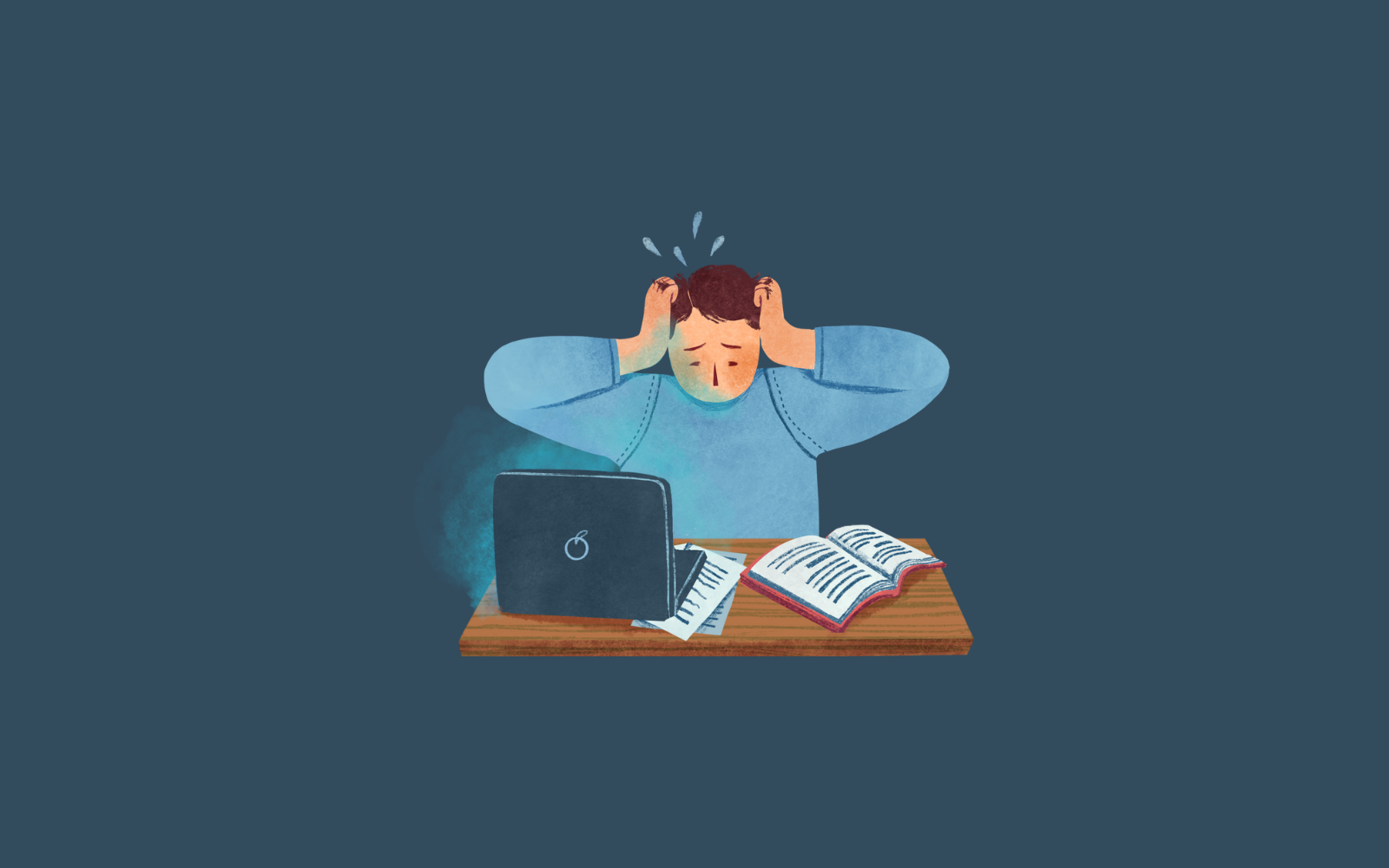It’s not simple to figure out how to pay off debt with a meager salary. While some so-called “financial experts” advise you to pare back on avocado toast and lattes, it’s unlikely that these little changes would have a significant influence.
While reducing your expenditure can help, there may be other, more successful strategies you can use to control your debt. The best strategy for getting out of debt varies on your financial position, so keep that in mind as you consider the following eight stages.
It might be daunting when you realize that you’ve been in debt, whether it is a manageable sum or a startlingly big number.
How are you starting to charge off all of this debt when you know how much money you typically have coming in and how much is left over after bills?
Regardless of your wealth, paying off debt involves effort. And while getting out of debt on a tight budget may need more preparation, it’s not impossible. You can pay off debts more quickly than you think if you establish objectives and stick to them.
It could seem unattainable. Yet it isn’t! You may take certain actions to pay down, just like many others have done in the past. Here are some tips for paying off debt without any cash:
1. Stop taking on additional debt
Even though it could be challenging to do so if your monthly costs exceed your income, it’s crucial to avoid taking on additional debt if you’re already having trouble making ends meet. It will become more difficult to pay off the debt in the future if you charge required costs on your line of credit or take out a personal loan that you can’t afford.
Avoiding credit balances like personal loans, which are touted as a tool to assist individuals tide over until the next paycheck, is especially important. Payday loans are appealing to borrowers with little income because they don’t need credit checks; nevertheless, they can have double or APRs and short payback terms (usually two to four weeks), making them challenging to repay.
2. Establish an emergency fund
The idea that setting up money for emergencies comes before paying off debt may seem counterintuitive. But for many customers, debt begins with an unanticipated expenditure or a job loss. When we pay an unexpected vet expense with a payment method rather than cash, we begin a debt cycle that can quickly spiral out of control.
The majority of experts advise having 3-6 months’ worth of spending in savings. If you think the sum is too much, start with $1,000. You’ll have even more money to save when your debt is reduced. Make sure to allocate money in your economic planning below for emergency savings.
Start building your emergency fund by:
Splitting your direct deposit is possible with some direct deposit systems.
3. Set up a budget
You can clearly understand where your revenue is flowing from and going by using a budget. List all of your income sources as well as all of your regular, set costs to get started. Rent and auto payments are examples of fixed costs that don’t fluctuate from month to month.
The shortfall between your overall income and fixed costs should now be subtracted. The money you have left over is what you may use to pay your debt and variable costs like groceries and clothing.
Decide how much money you should set aside each month for variable costs that cannot be eliminated, such as food, and then designate the leftover funds for debt repayment. Create a listing in your budget just for paying off debt, stay with it.
4. Spend less money
You might be required to reduce your expenditure in other areas in order to stay up with (or gain ahead on) any debt payments. Start by taking a look at some of your main spending categories, such as rent and transportation.
Try trading down onto a less costly vehicle, for instance, if your current monthly payment is ruining your budget. You may also consider moving to a less costly location if you’ve overspent your budget on a luxury apartment, at least until you’re able to control your debt.
You might be able to discover more room in your finances by changing your way of living. Here are some suggestions that may be helpful:
Before you buy anything, look for vouchers or discounts.
5. Change to an interest rate of 0%
This is crucial, and I wish I had done it earlier in my quest to become debt-free.
If you really have debt, the likelihood is that you are paying high rates of interest, which will make it difficult for you to pay it off fast.
You may check if you can conduct a 0% balance transfer using Moneysavingexpert’s fantastic tool, and it won’t harm your rating (just doing the checking part). A balance transfer is highly recommended if you can because of the money you would save on interest.
Please be aware, nevertheless, that the 0% interest rate will eventually expire, for example, at age 6.
6. Initially, pay off your minor obligations.
The total amount due after tallying up everyone you owe may seem overwhelming. It’s difficult to get out of bankruptcy on a low salary, but marking minor victories along the road will motivate you, and cutting down on your grand total of creditors can reduce your stress.
The debt snowball strategy, which entails paying off their smallest payments, could be something you want to give a go. Pay off the $200 sum you have at the auto repair shop or on your credit card, for example, and then apply the remaining funds to your next-smallest obligation. You’ll feel proud and certain that you can someday live debt-free when you see those little sums disappear, which will help you eliminate additional accounts from your ledger more quickly.
